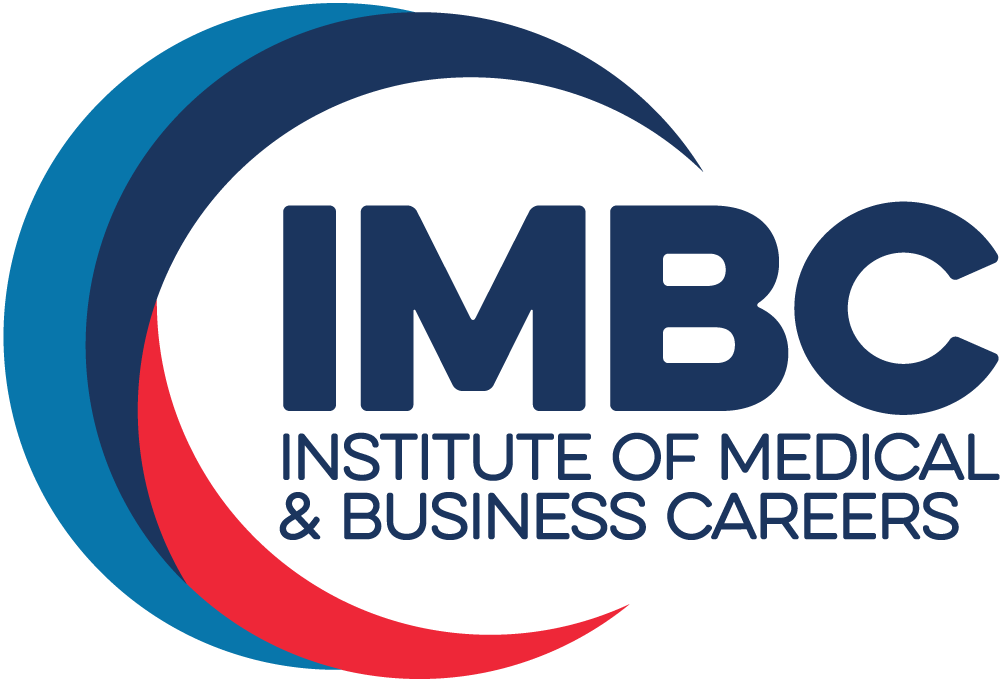Blood transfusions are common medical procedures where patients receive donated blood through a narrow tube placed within a vein. Healthcare providers with phlebotomist training perform this potentially life-saving procedure to help replace blood lost due to injury or surgery. Blood transfusions can also help patients with illnesses that prevent their bodies from making blood or some blood components. To receive a transfusion, the patient’s blood type and the blood type of the donor must be compatible.
Medical assistants with training in phlebotomy sometimes work with other medical professionals to perform transfusions. In this article, we’ll explain the basics on blood types and blood transfusion procedures.
Most Common Blood Types
The most common blood types are determined by the presence or absence of certain antigens and proteins on the surface of the red blood cell in various combinations. They include:
- A+
- A-
- B+
- B-
- O+
- O-
- AB+
- AB-
Differences Between Blood Types
Patients who need a blood transfusion must first provide a blood sample, which is tested to ensure they’re matched with the correct blood donor. Antigens are what determine people’s blood types.
When typing blood, phlebotomists look at two antigens, which include the following:
- ABO antigen type: We all have either type A, B, AB, or O blood. As such, our blood cells have either antigen (A), antigen (B), both antigens (AB) or neither antigen (O).
- Rh factor: We’re all either Rh-positive or Rh-negative.
ABO antigen + Rh factor sort out into the eight most common blood types listed above. However, there are over 600 other known antigens whose presence or absence in the patient’s blood creates “rare blood types.”
Blood Types Compatible for Transfusions
If a patient gets the wrong blood transfusion, their immune system can attack the donated blood, causing serious or even life-threatening reactions.
Ensuring a patient gets the right blood transfusion could be the difference between life and death.
O+ is the most common blood type, and therefore hospitals use the largest amount of O+ blood in transfusions. However, O- is a universal donor type which can be used for a transfusion with any patient, so it is highly valuable for emergency transfusions where there isn’t time to determine the blood type of the patient.
Reasons Having Blood Transfusions
There are many different medical conditions which may require a blood transfusion. These can include:
- Blood loss after childbirth
- A serious injury that results in significant blood loss
- A bleeding disorder (hemophilia)
- Surgery that results in substantial blood loss
- Kidney failure, which causes poor quality or reduced red blood cells (anemia)
- A liver problem that makes it difficult for the body to create certain blood parts
- Treatment for cancer that slows down the body’s blood cell production (chemotherapy)
Start Your Medical Industry Career At IMBC
IMBC (Institute of Medical & Business Careers) offers a program which will train you to be a medical assistant with basic phlebotomy skills that you can complete in a little over a year. Eligible students enrolled in the Erie or Pittsburgh campus diploma program may be able to take some courses in their program online for additional scheduling flexibility. Contact us today to find out more!
